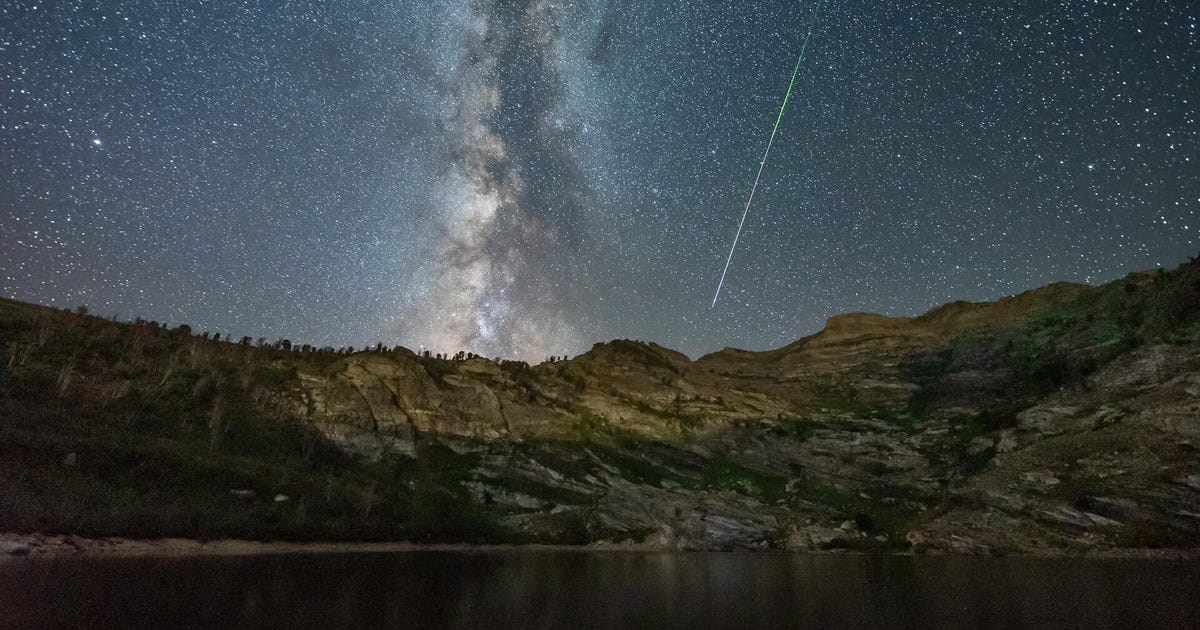The perseid meteor shower 2021 perseid meteor shower 202 perseid meteor shower peak 2020 perseids meteor shower peak 2020 perseid meteor shower 2014 perseid meteor shower 2022 perseid meteor shower 2022 ontario perseid meteor shower 2022 ontario perseid meteor shower 2022 where to see the perseid meteor shower 2022 2022 perseid peak the 2022 oscars

The 2022 Perseid Meteor Shower Peaks This Week With a Shooting Star Spectacular
The middle of August marks one of the most active and exciting periods of the year for meteor fans, as the Perseids zip across night skies.
The most photogenic meteor shower on the calendar peaks Friday and Saturday, but shooting stars should be visible right now in smaller amounts. The respected Southern Delta Aquariids and the lesser-known Alpha Capricornids are also still active, adding even more juice to an already tasty offering for skywatchers.
Predictions for the exact peak of the Perseids differ, but between Thursday evening and the early hours of Sunday morning seems to be the sweet spot. The American Meteor Society predicts up to a hundred meteors per hour could be visible from a dark sky with minimal light pollution.
Unfortunately, the moon will be at its full phase, providing a significant amount of light pollution much of the night this week. Even still, this shower remains worth venturing outside to check out on the peak nights, if you can get yourself to a viewing location with clear skies and no city lights.
There are some tricks you can employ to shut out the meddling moon. You can turn your back to the rising moon and even place a physical screen such as a wall or tall tree between you and the moon to reduce its impact on your view of the broader sky.
Regardless of when and where you try to see some shooting stars, plan ahead and make sure to set aside at least an hour or two for the experience. You'll need at least 15 minutes for your eyes to adjust. Dedicating an hour to observation will make sure you aren't discouraged by the inevitable lulls in meteor activity, which can often be punctuated by sudden bursts of multiple meteors sizzling across the sky just seconds apart.
Don't forget to bring blankets or comfy chairs, and snacks to round out the experience. If any of you astro-photographers out there grab great pics, please share them with me on Twitter @EricCMack.
Source

